Market Share
Battery Cleaner Market Share Analysis
In the competitive landscape of the Battery Cleaner market, companies employ diverse strategies to establish and fortify their market share positioning. A pivotal strategy is differentiation, where companies strive to distinguish their battery cleaners from competitors by offering unique formulations, cleaning efficacy, or specialized applications. This might include innovations in cleaner technology for enhanced corrosion removal, compatibility with various battery types, or environmentally friendly compositions. Through differentiation, companies attract customers seeking specific attributes, enabling them to secure a distinctive market share within the Battery Cleaner industry.
Cost leadership is another prevalent strategy in this market, where companies aim to become the low-cost providers of Battery Cleaners. This involves optimizing manufacturing processes, sourcing raw materials efficiently, and managing the supply chain to offer competitive prices. Cost leadership is effective in appealing to cost-conscious consumers and businesses, particularly in the automotive and industrial sectors where battery maintenance is routine. However, maintaining high-quality standards and ensuring the cleaners are safe for various battery materials is crucial to ensure customer satisfaction and loyalty in this cost-driven strategy.
Market segmentation is widely adopted in the Battery Cleaner industry. Companies analyze the diverse needs of their customer base and create specialized cleaners tailored for specific market segments. For example, they might develop cleaners suitable for automotive batteries, industrial equipment, or renewable energy storage systems. By addressing the unique requirements of each segment, companies can establish a robust presence within different markets, contributing to an overall enhanced market share.
Strategic partnerships and collaborations play a vital role in the Battery Cleaner market. Companies often form alliances with automotive service providers, battery manufacturers, or retailers to strengthen their distribution networks, enhance brand visibility, and expand market reach. Collaborative efforts can lead to shared resources, access to new technologies, and entry into new geographic markets. Through strategic partnerships, companies can navigate industry challenges more effectively, ultimately contributing to a more secure market share position.
Innovation stands as a cornerstone strategy in the Battery Cleaner market, driven by the continual pursuit of improved cleaning efficiency, safety, and environmental sustainability. Companies invest in research and development to introduce formulations that offer superior corrosion protection, are compatible with diverse battery chemistries, and comply with environmental regulations. Innovations in packaging, such as user-friendly applicators or cleaners that minimize waste during application, also cater to evolving customer preferences and industry trends. By staying at the forefront of innovation, companies not only attract environmentally conscious buyers but also position themselves as leaders in the Battery Cleaner market, securing a significant market share.
Customer-centric strategies are gaining prominence as companies recognize the importance of providing exceptional customer experiences. This involves offering informative product labeling, technical support, and responsive customer service. Exceptional customer service contributes to satisfaction and loyalty, encouraging consumers and businesses to choose a particular brand for their battery cleaner needs. By focusing on building strong relationships with customers, companies can solidify their market share and maintain a competitive edge in the Battery Cleaner market.

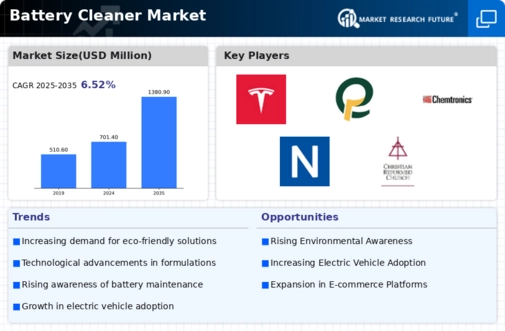
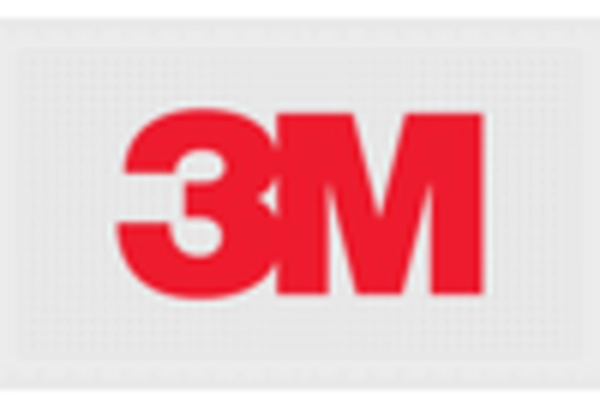
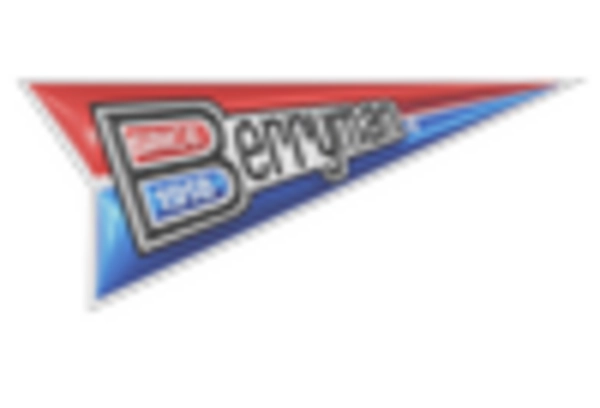
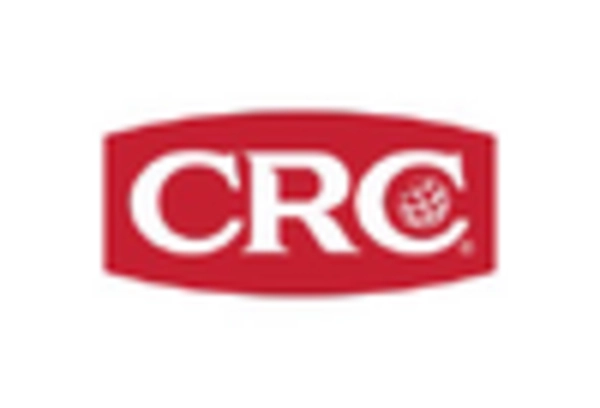
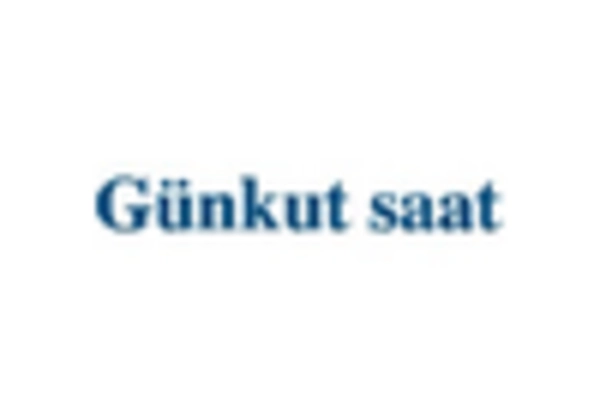
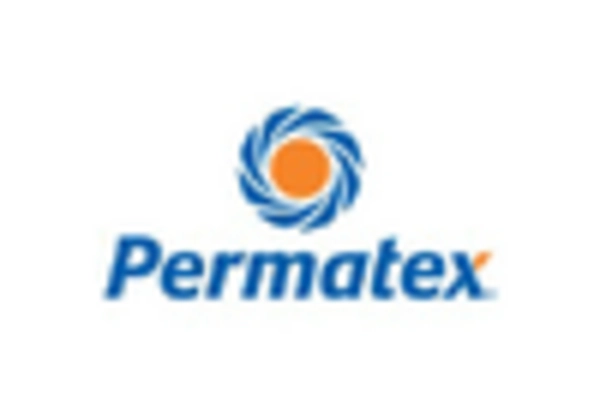
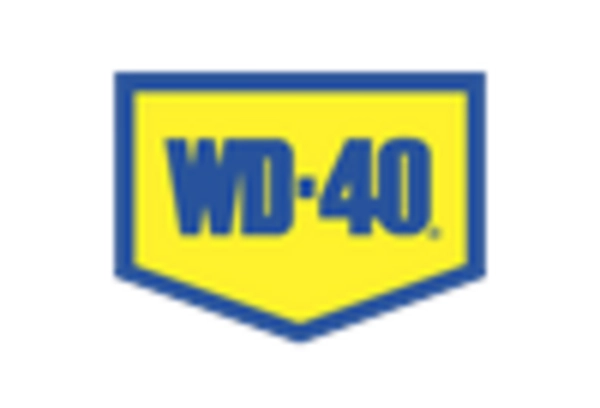









Leave a Comment